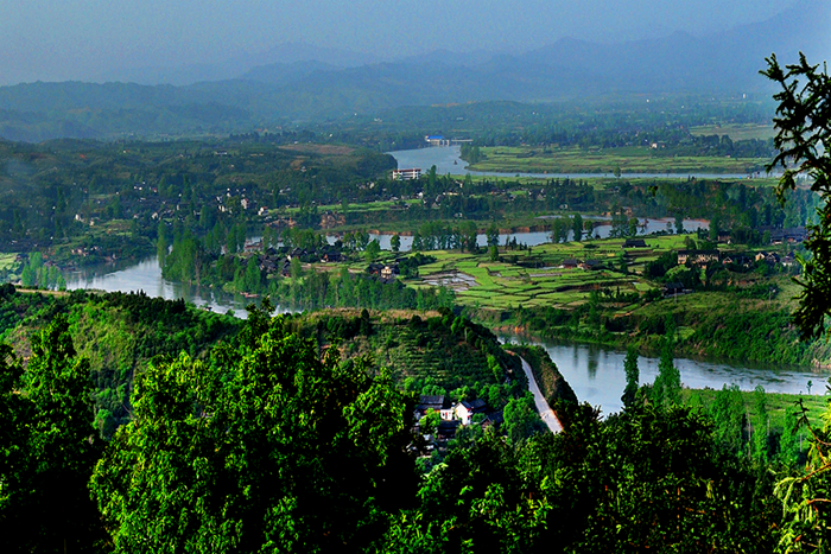Qushui National Wetland Park is located in the western part of Huitong County, mainly including the part of Qushui River from the Langjiang Power Station to the upstream junction of Jingzhou County, and some forest land on both sides in the above section of the river, involving Langjiang Town, Qinglang Dong and Miao Autonomous Township, Lincheng Town, Guangping Town, Yantou Township, and Lianshan Township. The length of this park from north to south is about 19.2 kilometers, and its width from east to west is about 15.2 kilometers. The geographical coordinates are from 26 ° 46'52 " to 26 ° 57'27" at north latitude and from 109 ° 36'40 " to 109 ° 45'29" at east longitude, covering a total area of 1319.0 hectares, with1014.4 hectares of wetland and 76.9% of wetland rate.
This wetland park is a composite wetland system composed of rivers, floodplain wetlands, reservoirs, and ponds. The natural water ecological characteristics, water ecological processes, and good water environment quality exhibited by its wetland system are typical and representative in the low mountain and hilly areas of southern China. The rich biodiversity, unique customs, and cultural heritage enjoy high scientific and protective value.
There are a total of 148 families, 324 genera, and 704 species of vascular wild plants in the park and its surrounding areas. There are over 10 species of plants with protective value, including rare plants such as beech, coptis chinensis, wild water chestnut, duckweed, and bitter lettuce moss. In addition, there are 202 species of wild vertebrates of 5 classes, 27 orders, 75 families, including 42 species of fish, 19 species of amphibians, 23 species of reptiles, 102 species of birds, and 16 species of mammals.

With the basic principles of “protection priority, scientific restoration, rational utilization, and sustainable development”, this wetland park is divided into five functional areas: protection and conservation area, restoration and reconstruction area, education and exhibition area, rational utilization area, and management service area. Through planning and construction, this water wetland will be built, with the theme of “protecting high-quality water sources, creating healthy river corridors, showcasing rich wetland culture, and promoting ecological civilization construction”, to be national wetland park that integrates wetland protection, conservation, and restoration, cultural exhibition, ecotourism, scientific research monitoring, and science popularization and education.
(Translated by Chen Min)
